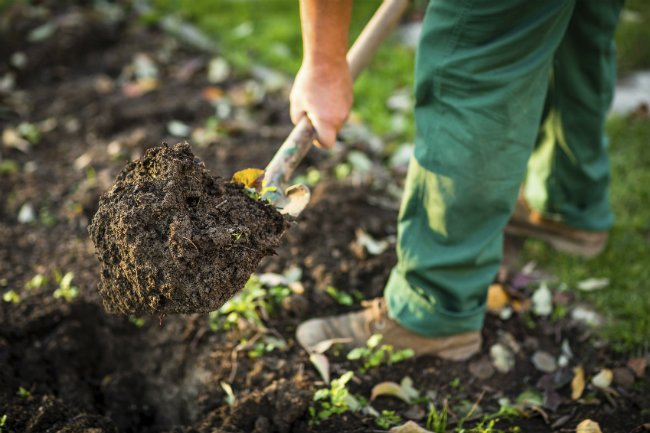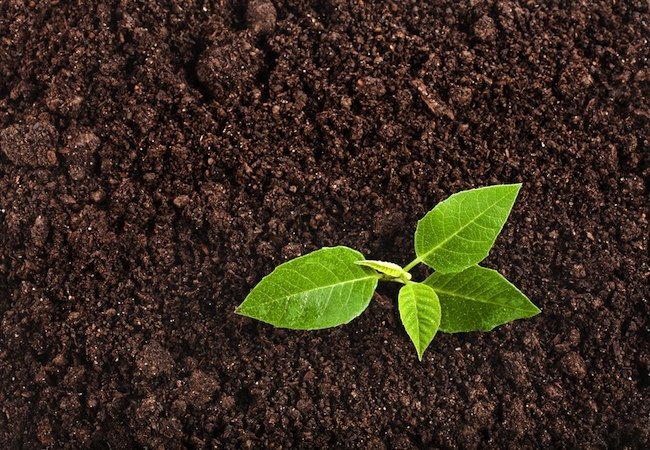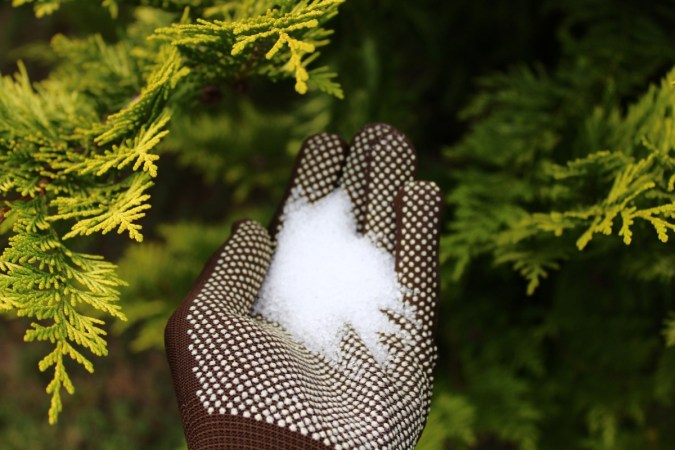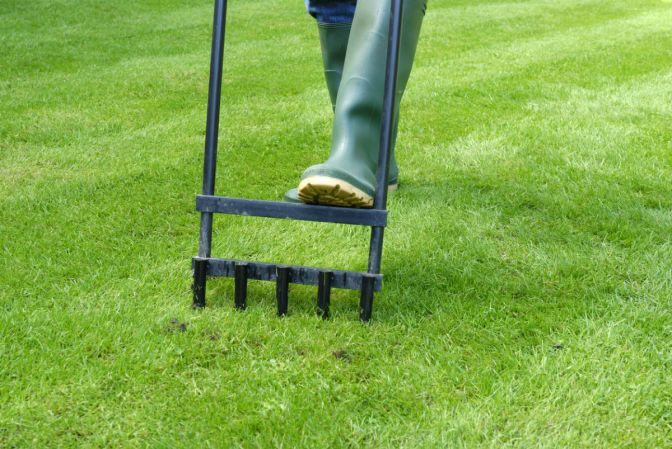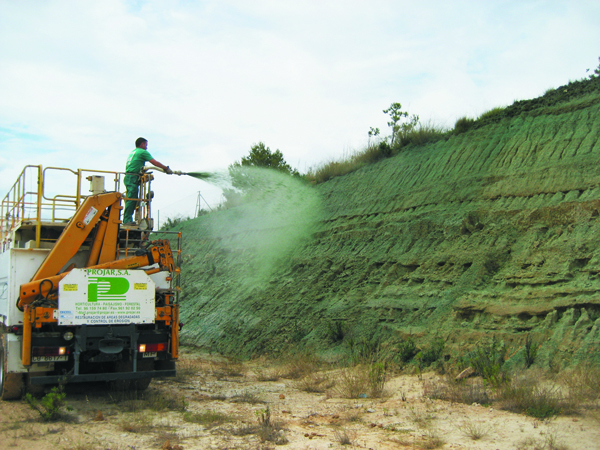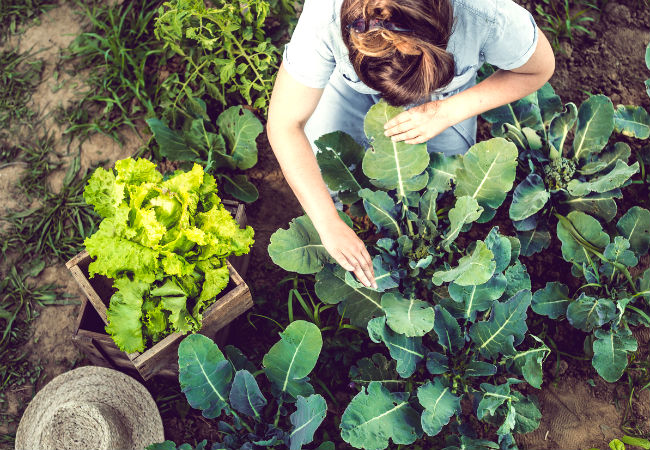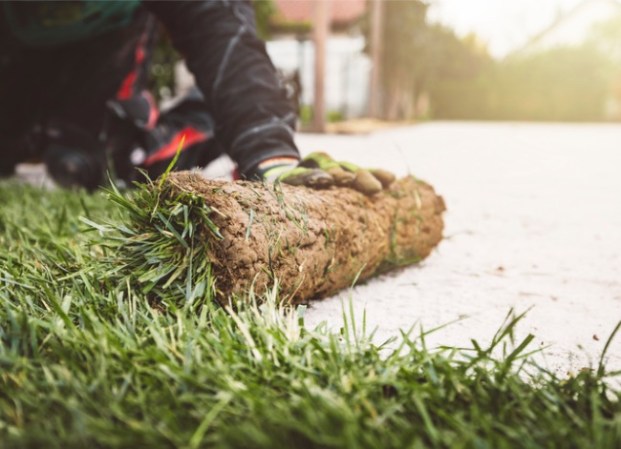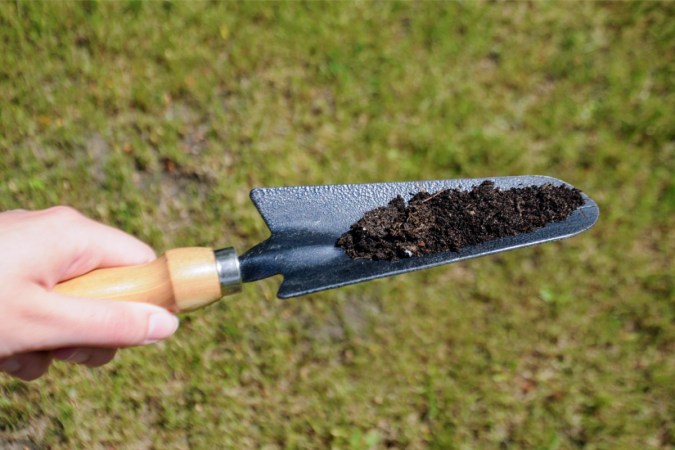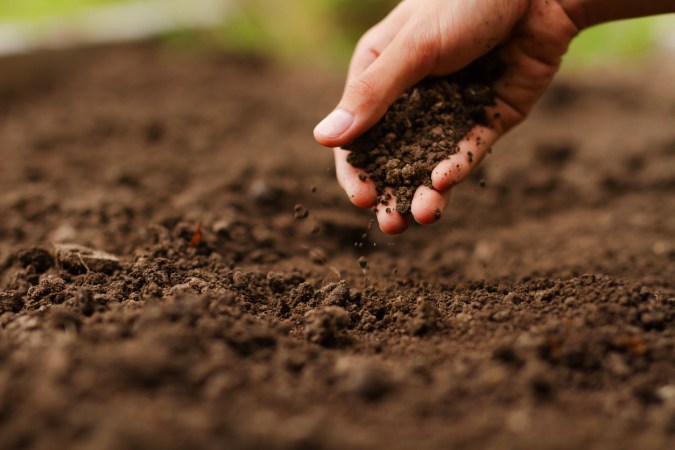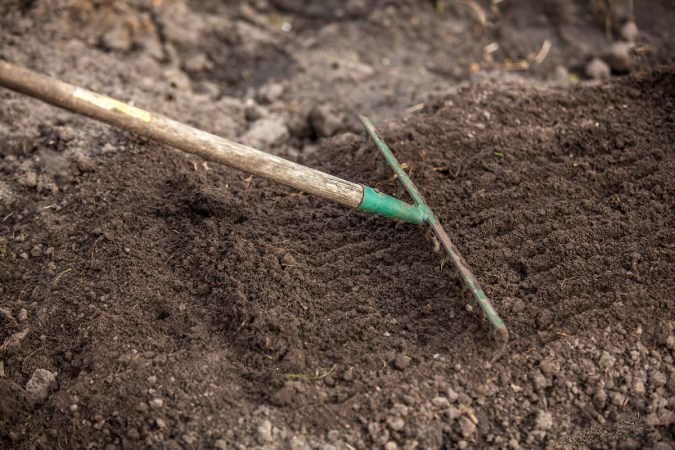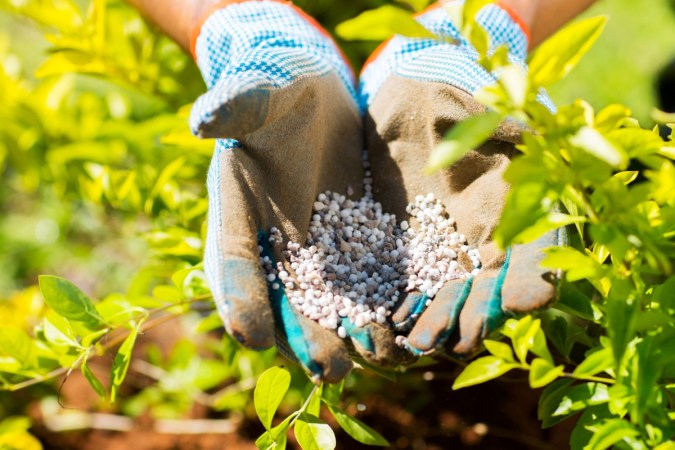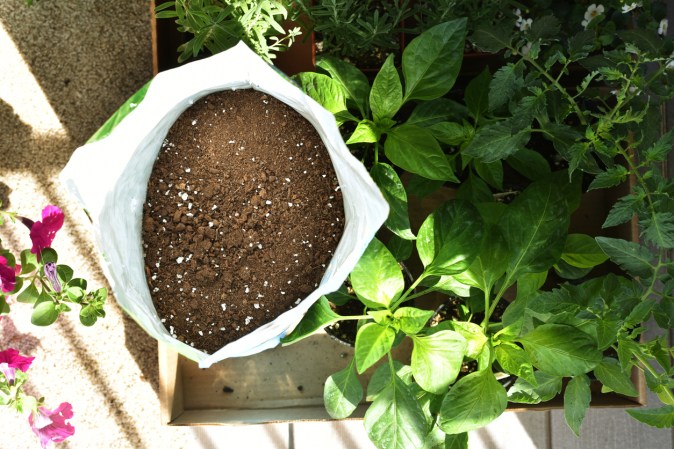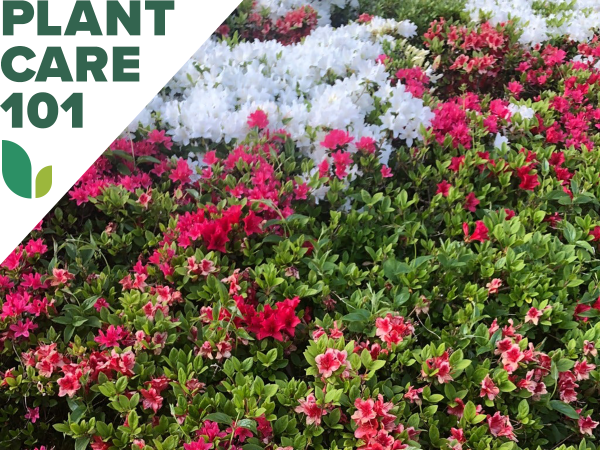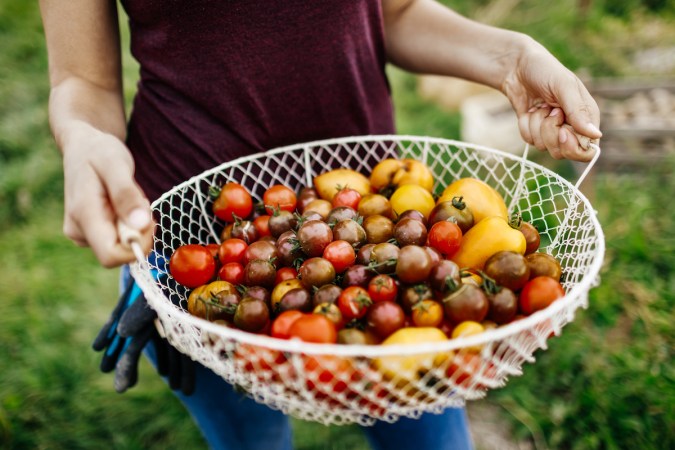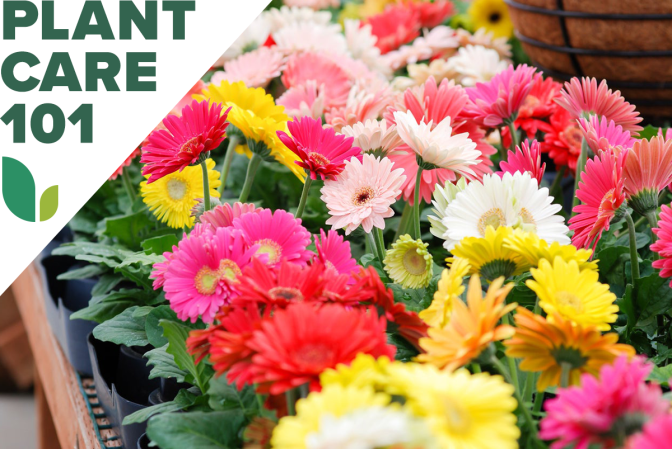We may earn revenue from the products available on this page and participate in affiliate programs. Learn More ›
Every gardener wants to grow the best-tasting tomatoes, the brightest zinnias, and the healthiest shrubs, but no one type of soil will guarantee success for each of those types of plants. Soil type—which is a classification determined by texture and relative proportions of sand, silt, and clay—will define the dirt’s ability to retain nutrients and moisture and therefore what it’s suitable to grow. Sure, you can always guess at the properties of your soil, but in order to aid your soil in producing its best crop, take a soil sample to your local extension agency and have it tested. For a minimal fee, you can find out the soil type (or types, because there are varying degrees), its pH level, and how it can be improved. Read on for the most common soil types, how they affect your landscaping projects, and how to better yours using the right products.

Understanding and Adjusting Soil pH
Your soil’s pH value is a measurement of its acid-forming capacity. The pH scale numbers from 1.0 to 14.0. Values below 7.0 indicate soil in the acidic range, and the lower the number, the greater the soil’s acid-forming ability. Values higher than 7.0 are in the alkaline range, and the higher the number, the greater the soil’s alkalinity. Soil pH that falls within the slightly acidic range, between 6.0 and 7.0, is considered optimal for most plants and flowers. Amend soils that are too acidic with the application of products that contain lime or wood ash. To reduce alkalinity, apply a product that contains aluminum sulfate, urea, or elemental sulfur.
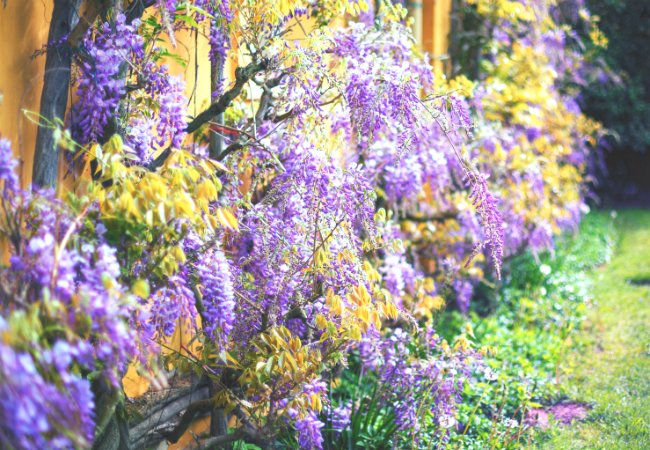
Soil Type: Clay
BEST FOR: Woody, moisture-loving perennials
Clay soil particulates are so tiny that they pack tightly together, locking in moisture and nutrients, but restricting oxygen and drainage. Till clay soil only when it’s bone dry to prevent creating rock-hard clods. Amend clay soil by adding a thick, three- to four-inch layer of mulch (dry leaves or bagged wood chips) in the fall, and then allow it to remain on top of the soil all winter long, waiting until spring to till it under. Work additional organic matter into the soil in spring before planting to reduce compaction and promote drainage.
Most types of soil, including clay, which tends to be slightly alkaline, will benefit from the addition of organic matter. Organic matter is often vegetal, meaning it comes from plants or trees, and includes substances such as dried leaves, straw, wood chips, and even cardboard; animal-related organic matter—manure from cows, goats, chickens, and llamas—contains a wide variety of micro- and macronutrients for soil-amending wherever you are growing (or plan to grow) plants. Fresh manure can burn any existing tender plants and kill seedlings, so aim to apply a layer of fresh manure in late fall and allow it to winter over before tilling it under in spring for the best results.
Woody perennials, such as wisteria, tend to do well in non-amended clay soil. Because clay is high in nutrients, with frequent amending to increase drainage and airflow, you can even expand its growing ability to accommodate a variety of vegetables, shrubs, and flowering plants.
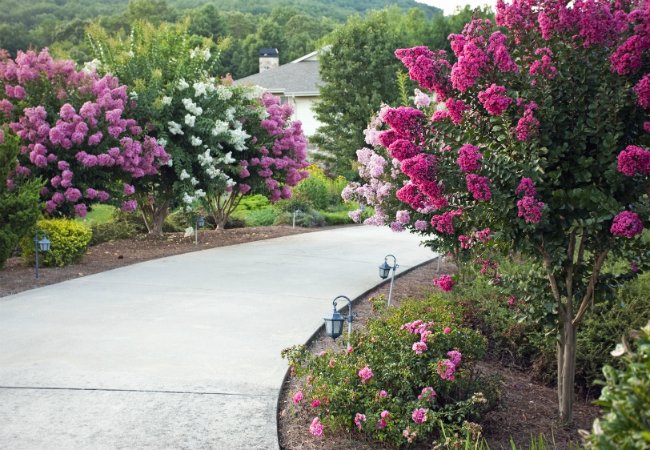
Soil Type: Sandy
BEST FOR: Drought-tolerant plants
Made of up ground rock particles, sandy soil neither holds the amount of moisture nor retains the vital nutrients needed to grow many types of vegetables and flowering plants. Homeowners with sandy soil should mix in organic matter every spring and fall to expand its growing ability. The added organic matter acts like a sponge to suck up moisture and retain it, making it available to plant roots for a longer period.

Depending on the type of rock particles and other matter your soil contains, its pH level could be in the acidic or slightly alkaline range. If your soil is sandy and you don’t intend to amend it, limit your garden landscape to plants that thrive even when their roots dry out between waterings. California poppies, crape myrtle, cleome, gazania, yarrow, and cosmos all do well in sandy soil with regular watering.
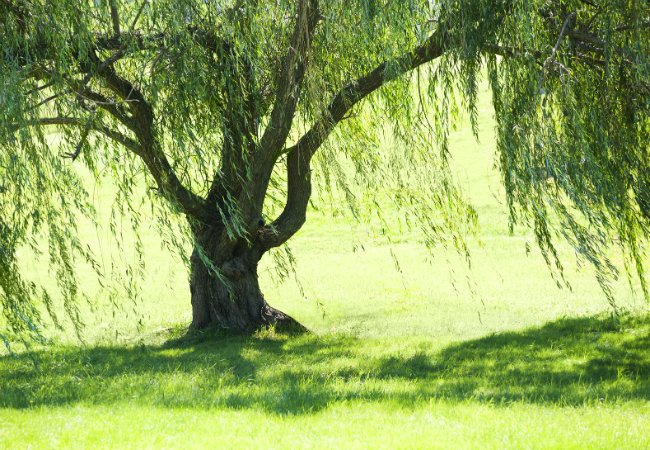
Soil Type: Silty
BEST FOR: Moisture-loving plants
If you live in an area that was once a riverbed, chances are good that you have silty soil. More fertile than sandy soil, silt particles are very fine and soft, making this soil type a top choice for growing lush vines and flowers that thrive in moist soil. Its pH level can vary from slightly acidic to slightly alkaline. The downside to silty soil is its tendency to compact, which reduces drainage and restricts oxygen from reaching plant roots. To reduce compaction problems, add a few inches of compost or composted manure and work it into the top six inches of soil before planting in the spring. Apply additional compost around plants during the growing season, and spread a layer of dried leaves or other mulch over the soil bed in late fall, leaving it to winter over.

The best plants for non-amended silty soil are those that tolerate “wet feet” (i.e., a mostly damp root system), including all types of willow trees, dogwood trees, many iris varieties, peonies, roses, and many types of vines. With just a little amending to improve drainage, silty soil is excellent for vegetable gardening.
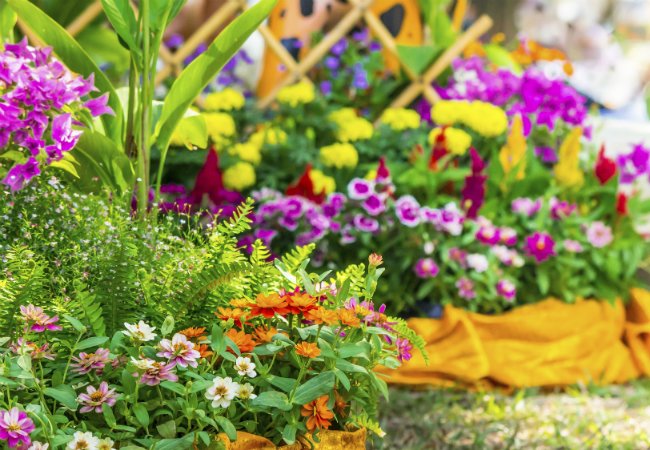
Soil Type: Loamy
BEST FOR: All plant types
In a gardener’s mind, if there’s any near-perfect soil type, it’s loam. Loamy soil is a balanced blend of clay, sand, and silt. It drains well and it’s high in nutrients. Homeowners with naturally loamy soil can grow virtually any type of plant. Depending on the pH level, which can vary, you may need to add either an acid or alkaline fertilizer if you intend to grow acid-loving plants, such as blueberries, or alkaline-loving ones, such as wisteria. A light application, about one inch thick, of dry leaves or mulch is usually all that’s needed to keep loamy soil healthy. Spread the leaves or mulch on top in the fall and allow it to naturally decompose over the winter. Till it under in spring before planting.
Vegetables, annual and perennial flowers, and most types of shrubs thrive in loamy soil.
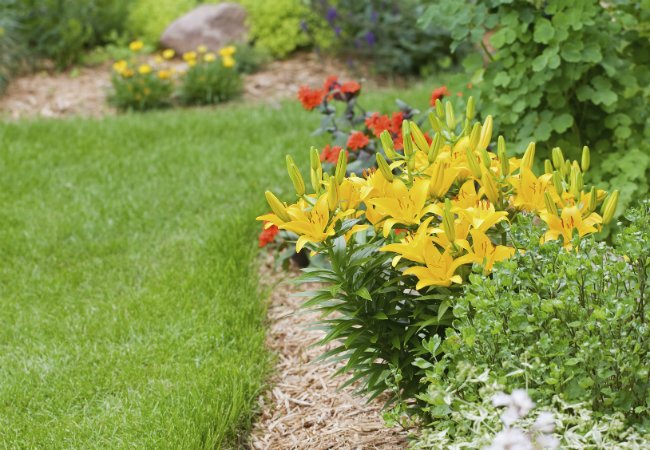
Soil Type: Chalky
BEST FOR: Alkaline-loving plants
Chalky soils register an average of 7.5 on the pH scale, making them best suited for bulbs, tubers, and flowering shrubs that thrive in alkaline soil. Chalky soil, which is commonly found in areas with heavy limestone formations, dries out rapidly in hot weather, making frequent watering a must. If you want to grow a wider variety of plants, you’ll have to amend the soil by adding organic matter, such as composted manure or peat, and tilling it into the top eight inches of soil. When wet, chalky soil clumps, making it difficult to work with, so wait until it’s dry to work in organic matter.
Alkaline-tolerant plants, such as lilies and lilacs, can thrive chalky soil, but even with amending, it’s difficult to grow acid-loving plants, such as blueberries, azaleas, rhododendrons, or heathers.

